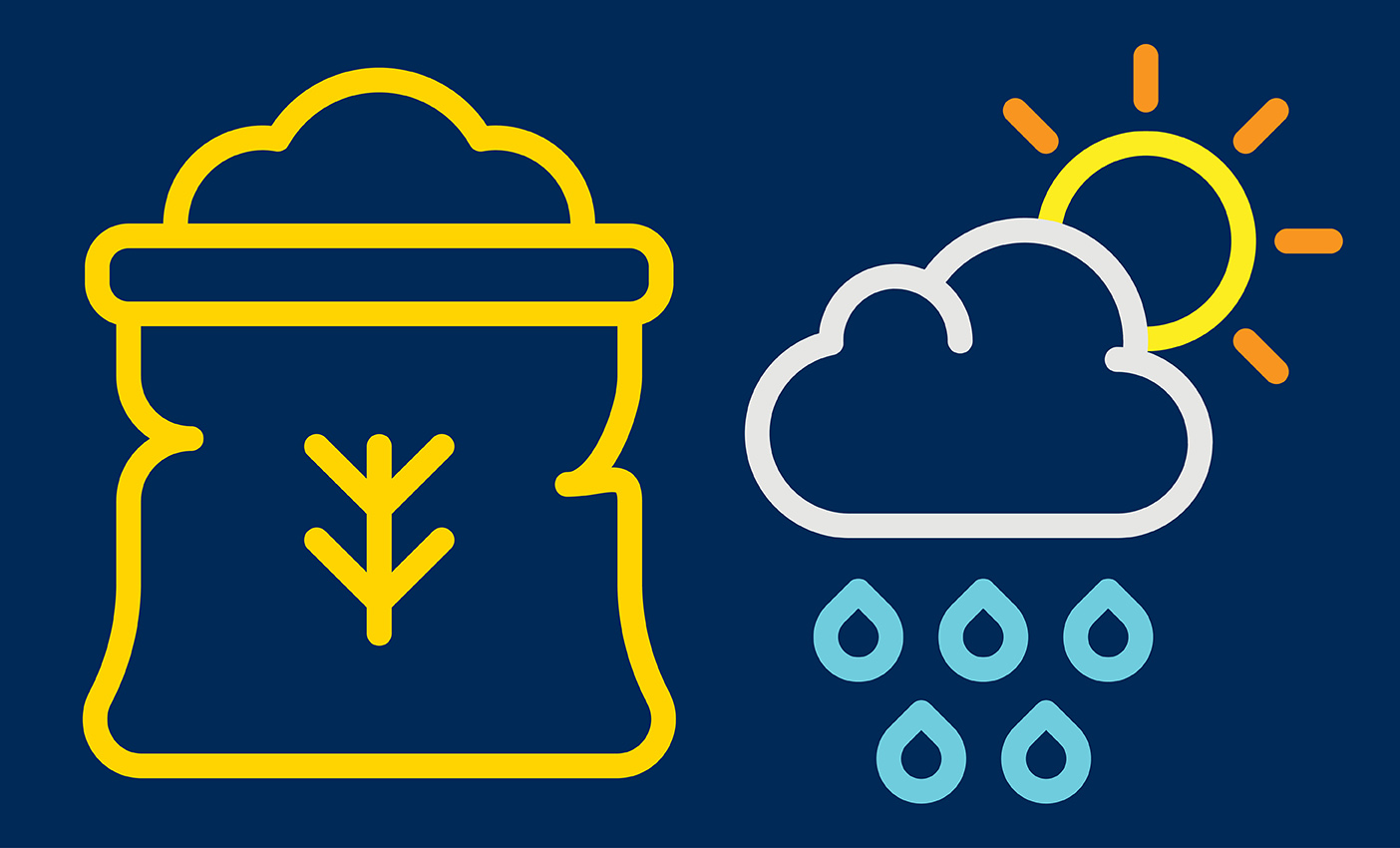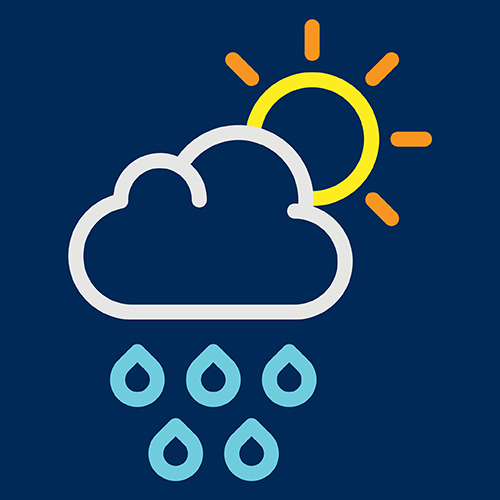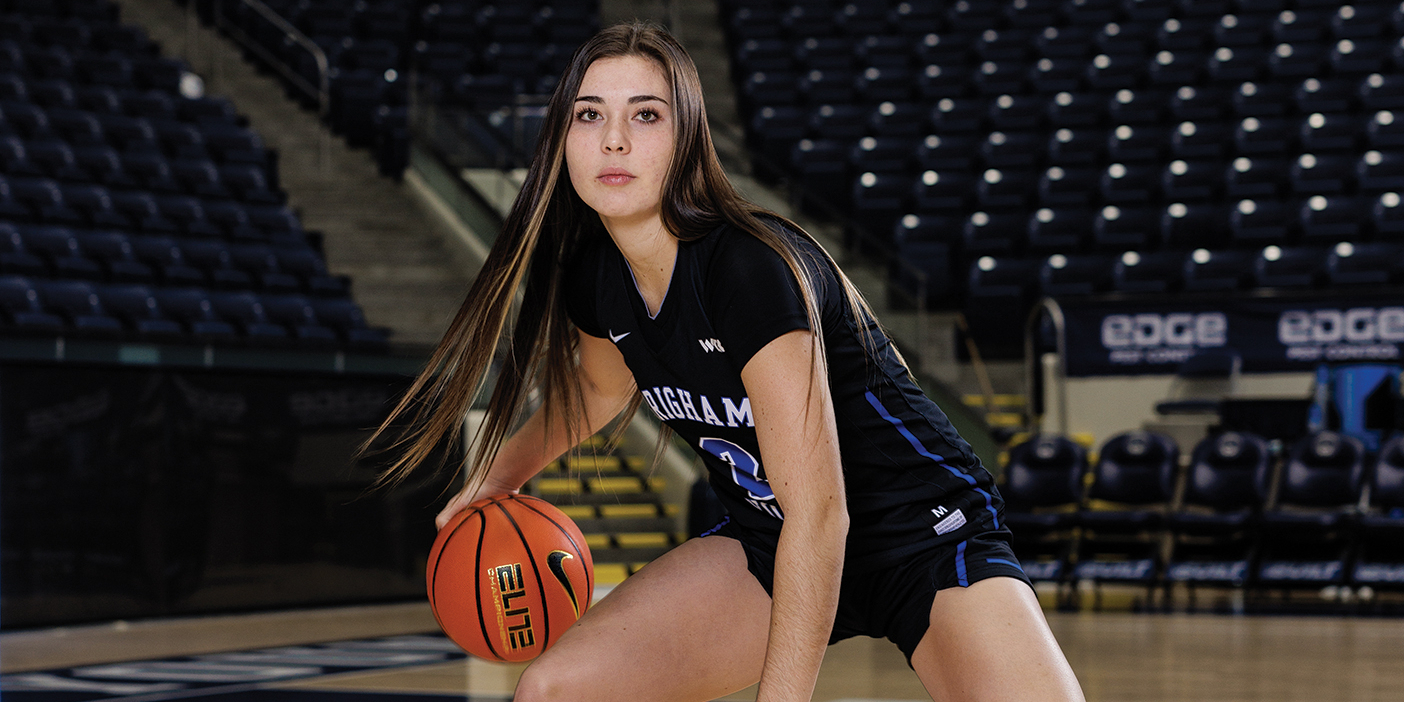
Rio Tinto’s Kennecott copper mine, one of the world’s largest open-pit mines, is visible from space—and from the Salt Lake Valley. While the mine is still active, Rio Tinto is working to reclaim Kennecott land no longer needed for mining. They’ve partnered with plant and wildlife professor Matthew D. Madsen (PhD ’10) along with BYU researchers and students from multiple disciplines, including chemistry, plant sciences, geography, microbiology, and mechanical engineering. To help plants grow once more on the hillsides, the research team is working on projects from the soil to the sky:

Coating Seeds: Researchers coat seed surfaces with additives to speed up germination, provide nutrients, protect from harmful chemicals, increase microbial activity, and even deter rodents.

Shaping Furrows: Furrows dug in the shape of a U, instead of the traditional V, allow seeds to reach the deeper, moister part of the soil without getting buried by sliding, dry topsoil.

Harvesting Rainwater: A tool called Waterboxx collects dew and rainwater and slowly releases moisture into the soil. “With the drought conditions we had in 2020, this technology dramatically improved plant survival and growth on the dry, rocky hillsides,” says plant and wildlife sciences professor Bradley D. Geary (BS ’95).
Going for Greens: Researchers are especially dedicated to growing dark-green woody plants. These shrubs and trees will not only improve the appearance of the hillsides, but also provide plant variety, which is crucial to a thriving ecosystem. “It’s important that we have a good mix,” says April D. Hulet (MS ’09, PhD ’12), plant and wildlife sciences professor.


Surveying from the Sky: Using drones, researchers measure topography, soil properties, plant types and their growth patterns, and more. This data is used to develop maps and models for planting.














